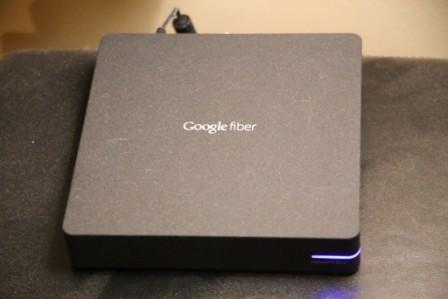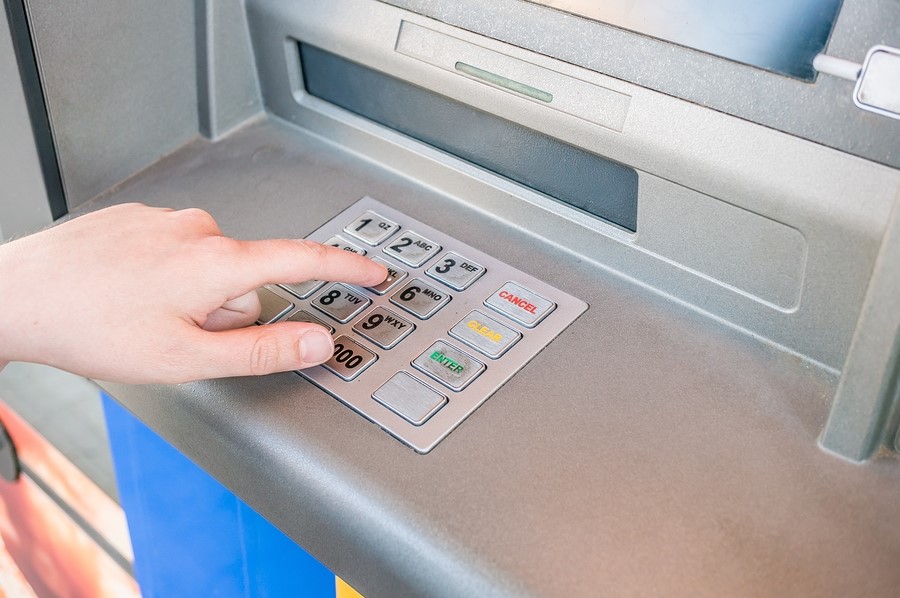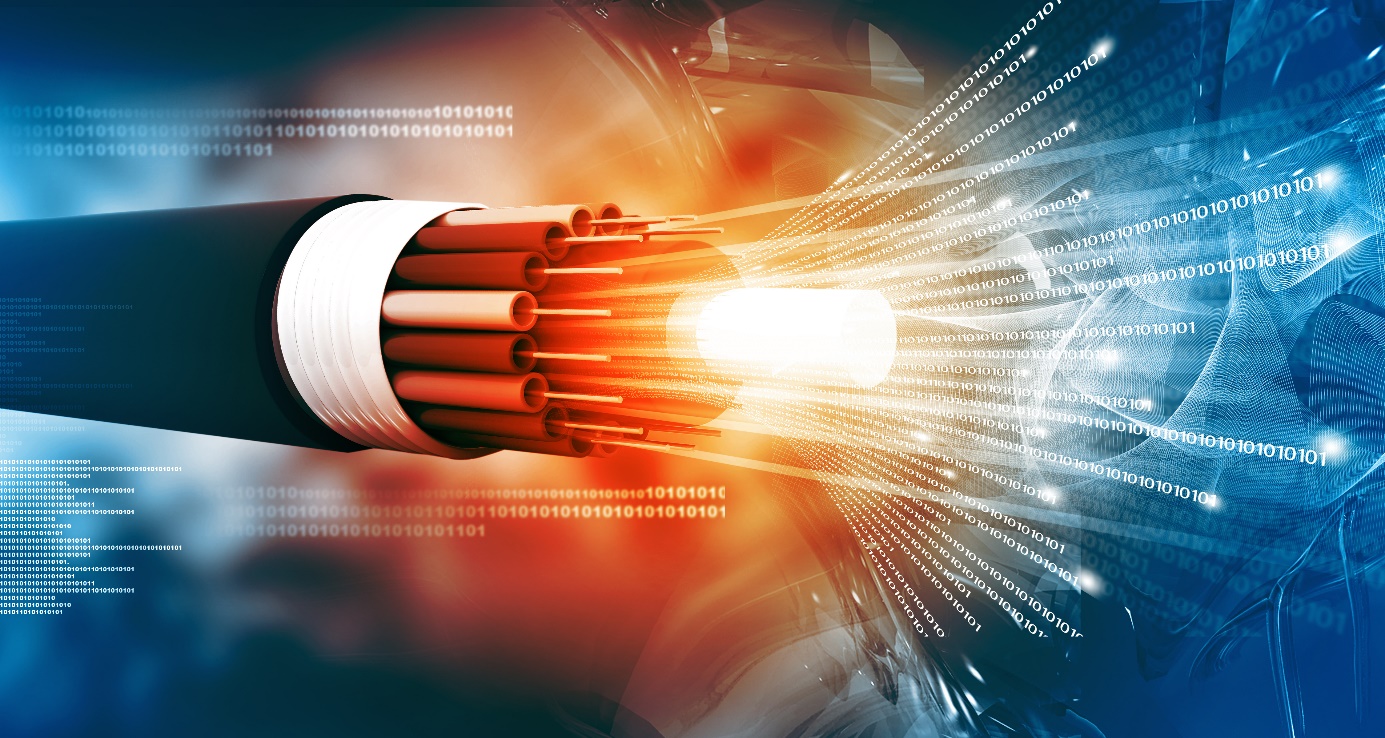New MIT Project Increases Triples Wi-Fi Speeds and Doubles Range in Crowded Rooms
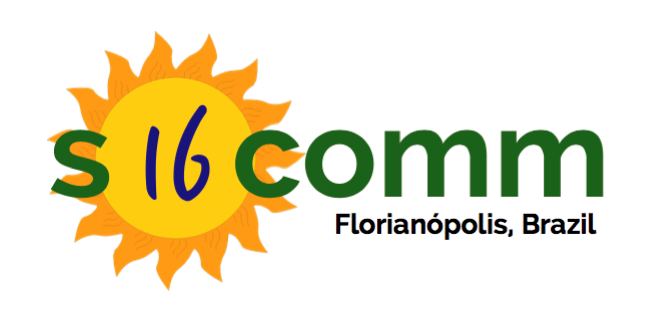
At this year’s Association for Computing Machinery’s Special Interest Group on Data Communications (SIGCOMM) conference, MIT introduced a paper, titled “Real-time Distributed MIMO Systems,” that shows how researchers at the university triples Wi-Fi speeds and doubled range in a crowded room.
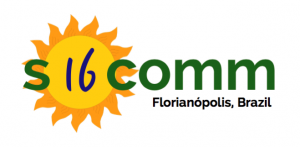
The Real Issue
When many people are connected to the same wireless network in, for example, a busy library or a crowded party, internet speeds suffer. When multiple devices try to access the same network, on the same radio frequency band, their signals interfere with each other, which creates spectrum congestion (known as “spectrum crunch”) and delays.

Both Wi-Fi and mobile broadband networks suffer from spectrum crunch in areas where many people access the network at once. As more and more devices, beyond phones and computers, are connected to the Internet of Things, the need for reliable, high volume networks increases proportionally.
The Solutions
Engineers are working hard to make the next generation of mobile broadband, 5G, capable of supporting the high volume networks that the world, increasingly, needs. Huawei, for example, promised to introduce the first 5G network at the FIFA World Cup in Russia in two years. More than three million people will, likely, attend the games [1].
This month, however, MIT jumped ahead of the game by developing a method of redirecting network traffic to avoid the spectrum crunch on any wireless network. The method builds on the existing MIMO (multiple input, multiple output) transmission technology, but triples the WiFi speeds of transmissions by up to 300% and the range by up to 200% [2].
MIMO Technology Triples Wi-Fi Speeds
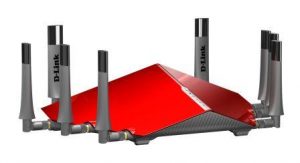
MIMO antennas, the cutting edge in current Wi-Fi router technology, boost data throughputs by transmitting multiple signals simultaneously via a series of small, imbedded antennas. Because it uses multiple antennas, MIMO technology multiplies the potential of conventional routers.
The MIMO routers on the market today are not, however, impervious to the spectrum crunch. For some time, engineers have theorized about distributed MIMO (D-MIMO) technology that could organize requests and minimize interference between users. These distributed systems could be installed in multiple locations within an event space.
Interference happens when multiple devices compete for limited bandwidth at a set frequency. Each device is, virtually, pushing its way to the front of the transmission queue. D-MIMO has the potential to organize traffic based on its location. It could, then, implement a turn-taking regime to process the traffic more efficiently.
MIT’s New MegaMIMO System
While theorists have been publishing about D-MIMO since the early 2000s, this month’s MIT paper is one of an increasing number of papers moving D-MIMO “from theory to practice” [3]. One of the greatest challenges of D-MIMO, which MIT has solved, is how to respond to users who move from place to place within the D-MIMO network.
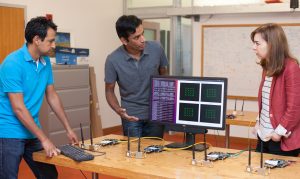
MIT PhD Ezzeldin Hamed, professor Dina Katabi, and visiting researcher Hariharan Rahul developed the MegaMIMO 2.0 system to solve spectrum crunch. It is the first real-time, fully distributed 802.11 MIMO system. Watch them demo it here:
MegaMIMO 2.0 is a multifaceted, comprehensive system. It consists of a software-hardware architecture that supports D-MIMO within a full-fledged 802.11 PHY circuit system, but also meets the tight timing constraints of the 802.11 standard. It also coordinates power control across distributed access points, instead of having each access point control its own power as if it were operating alone.

